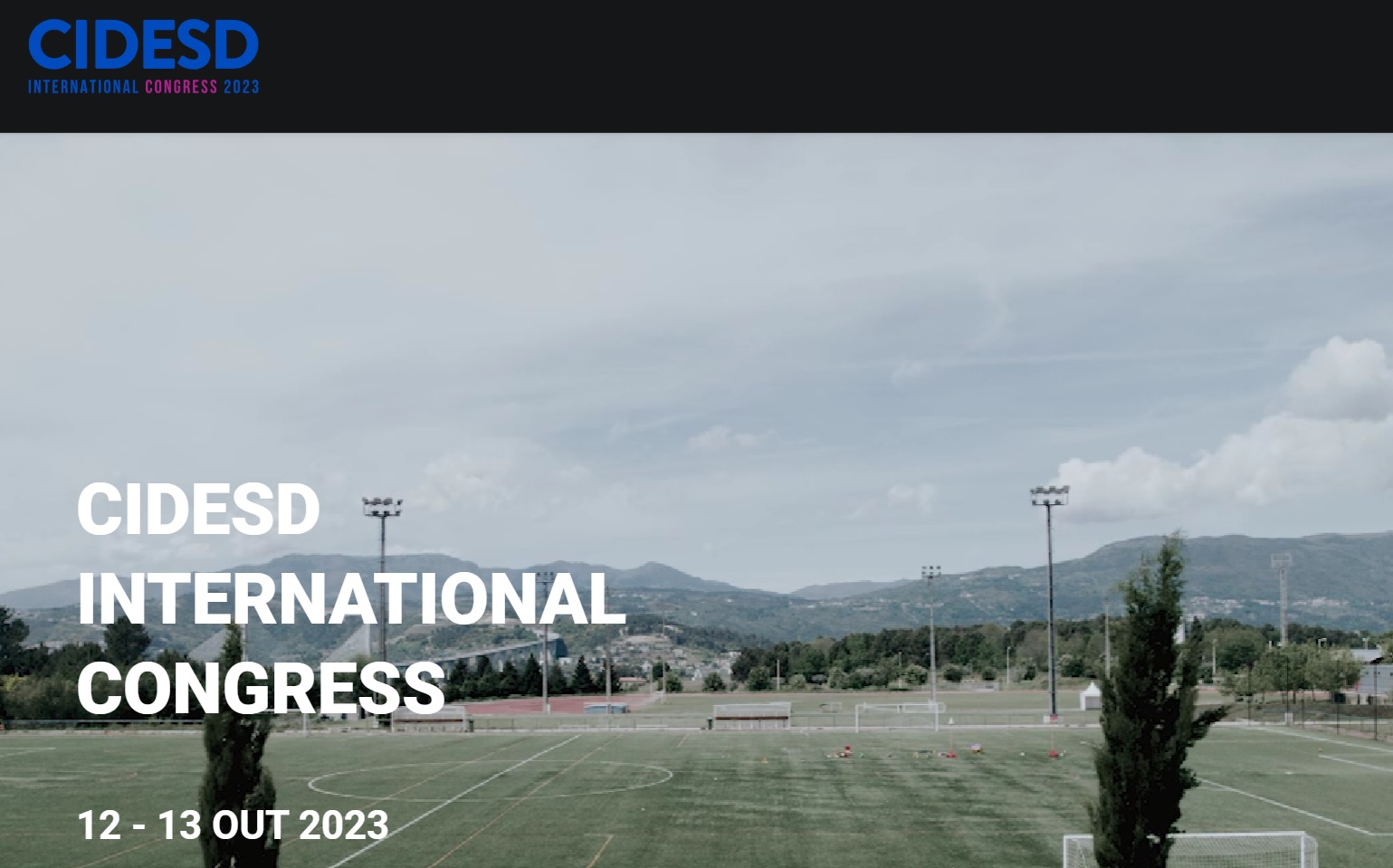The influence of water aerobics on muscle strength and body composition
DOI:
https://doi.org/10.6063/motricidade.31728Abstract
With advancing age, some declines in health and physical fitness become expected. Considering that water aerobics is one of the aquatic activities most practised by adults and older adults, verifying its impact on the different parameters of physical fitness in these age groups is important. The main purpose of this study was to analyse the effect of 12 weeks of water aerobics on muscle strength and body composition in adults and older adults. Twenty individuals (63.95 ± 11.21 years old) performed 12 weeks of water aerobics twice a week (45 min/session). The water aerobics classes consisted of 5 minutes of warm-up (92.25 ± 8.67 bpm), 35 minutes of the main part of the class (119.22 ± 6.80 bpm), and 5 minutes of cool down (97.70 ± 7.62 bpm). The muscle strength (i.e., countermovement jump [CMJ], medicine ball throw [MBT], chair stand test [CST], forearm flexion [FF]) and body composition (i.e., fat mass [FM] and muscle mass [MM]) were evaluated before the training program and one week after the 12 weeks. After training, significant differences were observed in CST, FF, and CMJ (Table 1). Furthermore, although the differences were not significant, most of the other variables analysed showed slight improvements. Water aerobics appears to be an interesting aquatic modality when it is intended to improve the endurance strength of the upper and lower limbs and the explosive strength of the lower limbs in adults and older adults. When we desire to enhance anthropometric parameters, it seems necessary to consider the duration of the program, requiring at least 12 weeks of water aerobics.
Downloads
Published
Issue
Section
License
The authors of submitted manuscripts must transfer the full copyright to Journal Motricidade / Sílabas Didáticas Editions. Granting copyright permission allows the publication and dissemination of the article in printed or electronic formats, and copyrights start at the moment the manuscript is accepted for publication. It also allows Journal Motricidade to use and commercialise the article in terms of licensing, lending or selling its content to indexation/abstracts databases and other entities.
According to the terms of the Creative Commons licence, authors may reproduce a reasonable number of copies for personal or professional purposes, but without any economic gain. SHERPA/RoMEO allows authors to post a final digital copy (post-printing version) of the article on their websites or on their institutions' scientific repository.


